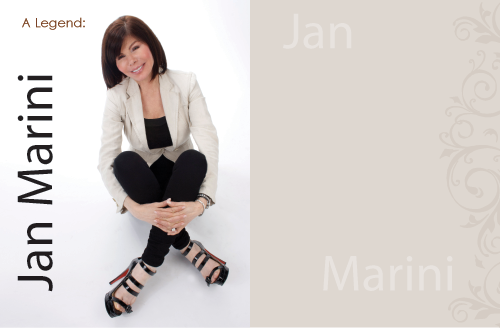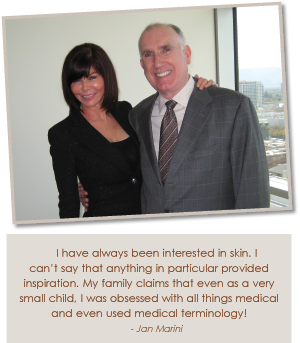Key Finding in Breast Cancer Research
 Researchers at Drexel University College of Medicine have discovered that a certain type of sugar found naturally in the body is elevated in breast cancer cells and is critical for cancer growth and movement. When researchers reduced and normalized the levels of this sugar, they were able to slow the growth of the cancer cells and block invasion. The findings, published in the March 1 issue of Oncogene, represent a potential new therapeutic target for treating aggressive forms of breast cancer.
Researchers at Drexel University College of Medicine have discovered that a certain type of sugar found naturally in the body is elevated in breast cancer cells and is critical for cancer growth and movement. When researchers reduced and normalized the levels of this sugar, they were able to slow the growth of the cancer cells and block invasion. The findings, published in the March 1 issue of Oncogene, represent a potential new therapeutic target for treating aggressive forms of breast cancer.
Scientists have known for years that cancer cells are addicted to sugar. Compared to neighboring normal cells, cancer cells take up nearly 10 times more sugar. The cancer cells use the increased sugar levels to fuel rapid cell growth and spread. The Drexel researchers studied a particular sugar-based protein modification known as O-GlcNAc. Alterations in this modification have been linked previously to diabetes and Alzheimer’s disease, but not to cancer.
“This sugar, O-GlcNAc, is used inside cells to tag proteins and alter their function,” said lead author Mauricio J. Reginato, Ph.D., assistant professor in the Department of Biochemistry and Molecular Biology at Drexel University College of Medicine. “We think this is a very exciting discovery because this may be one way that cancer cells use the increased sugar to regulate key pathways that control growth and invasion.”
Reginato and his colleagues studied established cells from patients with estrogen-independent breast cancer, the most aggressive form of the disease, which does not respond well to current treatments. The researchers found that compared to normal mammary cells, all the breast cancer cells contained elevated levels of O-GlcNAc, as well as increased levels of the enzyme responsible for adding this sugar to protein.
When they reduced the levels of the O-GlcNAc enzyme, or blocked its activity with a drug, they reduced the growth of breast cancer and also blocked the invasion. In addition, by reducing the enzyme levels, they also reduced levels of a protein known as FoxM1, which is known to play a critical role in controlling cancer growth and spread.
The Drexel researchers and collaborators are now working to develop more potent chemicals to target the O-GlcNAc enzyme, a potential new therapeutic target for treating breast cancer and possibly other cancers.





 Those who know Jan Marini refer to her as a visionary. While Jan might agree in principle, she sees this characterization as both a strength and a weakness. She envies those who are able to savor the moment. Where others view life in snapshots that capture real time, Jan sees broad borderless landscapes and endless possibilities. She does not see a product, she sees a business and in that same instance her mind is flooded with the business plan and all the accompanying details. Even when she is not envisioning empires, she is never satisfied with the status quo.
Those who know Jan Marini refer to her as a visionary. While Jan might agree in principle, she sees this characterization as both a strength and a weakness. She envies those who are able to savor the moment. Where others view life in snapshots that capture real time, Jan sees broad borderless landscapes and endless possibilities. She does not see a product, she sees a business and in that same instance her mind is flooded with the business plan and all the accompanying details. Even when she is not envisioning empires, she is never satisfied with the status quo.